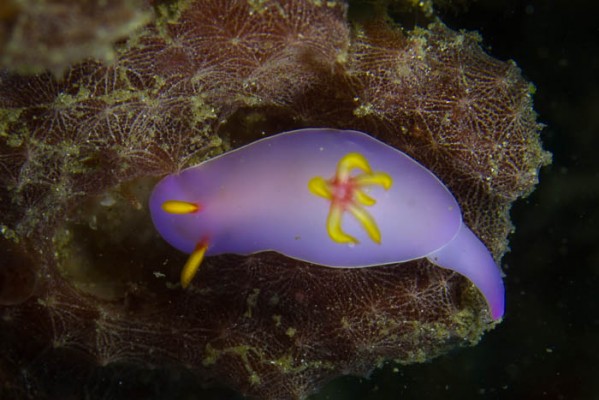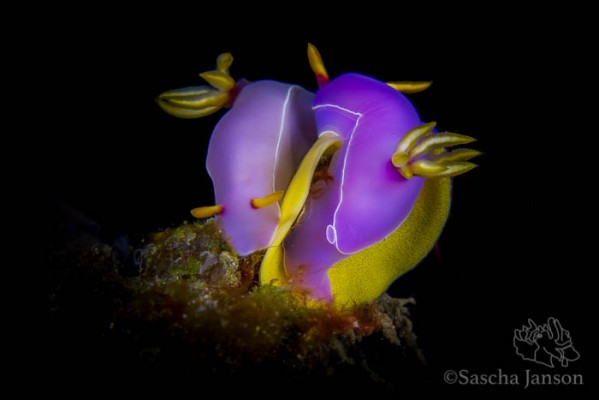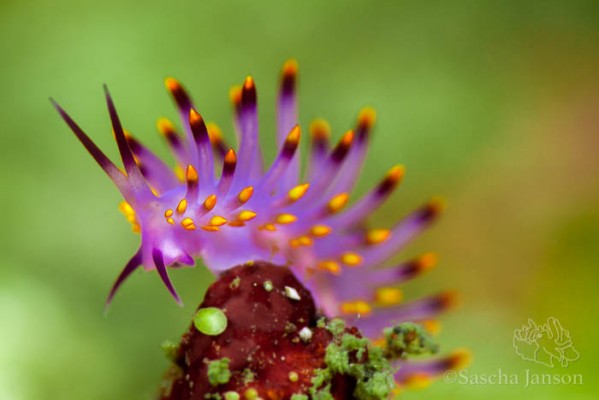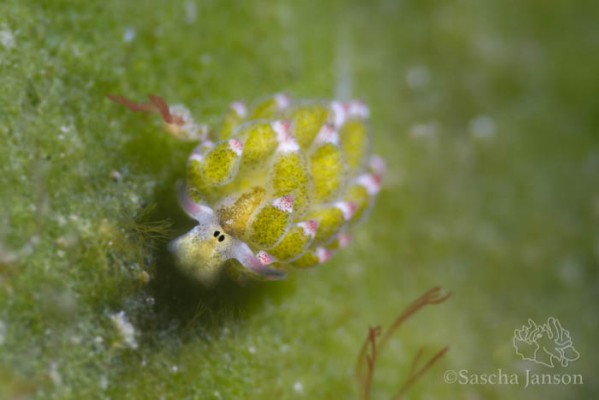LembehR&Critters
Contributor

On select Tuesdays, Cameras@Lembeh (the first and only Photo & Video Center in Lembeh Strait) will feature Tips and Techniques by Photo Pro Sascha Janson. Sascha will offer up a range of information, you never know what piece of wisdom he will impart.
Sascha says: Avoid boring nudi-shots!
Here are some tips to help you get more interesting shots of nudibranchs:
Try to get down low - It's always a good idea to get down as low as possible, as we learned in TT&T#2 (avoid helicopter shots), but how can we do this in practice? Well, we have to find subjects in the right position. If a nudibranch is just sitting in the sand it's often very difficult or even impossible to isolate the subject from the background. Look for opportunities to shoot nudis at least horizontally (we can sometimes achieve this with getting down very low), or even better, shoot slightly upwards. Sometimes the dive guides here will not show you a nudibranch which is sitting in a perfect position, because they showed you two or three of them already and there might be something "more interesting" (rare) in that area. Getting good images is not so much about capturing the rare species, it's more about good composition. It's better to have a great photo of a common species than a poor or mediocre shot of a rare one. If you see a nudi sitting on a hydroid stick, a rock or coral where you can separate the subject from the background and not include the sand for example, go for it and take a few shots. Remember that the focal point should be the rhinophores (those cute little 'horns'), or, if it is a species with eyes such as Costasiella kuroshimae (the 'sheep' nudi) then it's important to have the eyes in focus. If you can convey something to the viewer about nudibranch behavior (while adhering to the principles of good composition) this also makes your image more interesting - examples include photos of nudis eating, mating, sniffing the water column or laying eggs.
Here are some examples of nudibranch shots (good and bad ones):

This is a poor shot of a very pretty nudibranch, the Hypselodoris bullockii. Shot from the top, no "eye contact" and not separated from the background.

Same nudibranch, but interesting angle, "eye (or rhinophore) contact", separated from the background (with getting down very low) and some behaviour (laying eggs) going on.

Flabellina rubrolineata on top of a little rock, separated from the background.

Costasiella kuroshimae (the 'sheep' nudi) - "eye contact"

Tambja morosa sniffing the water column.
Stay tuned for more Tuesday Tips & Techniques or to view Sascha's past Tips & Techniques go to Photo Center - Lembeh Resort and Critters@Lembeh in North Sulawesi, Indonesia




